Android 16 Will Let You Take True HDR Screenshots

Taking screenshots on your Android smartphone is easy and straightforward. It’s a great way of showing someone else what’s on your screen or preserving information. However, this can be complicated if you’re trying to capture screenshots of HDR content. That could change in Android 16 as the update could allow users to capture true HDR screenshots on their phones.
Capturing HDR screenshots
According to a report from Mishaal Rahman over at Android Authority, this change was discovered in the Android 16 Beta 2. This is an improvement over an existing feature Google introduced in Android 15.
In earlier Android versions, capturing a screenshot would result in an SDR image. This means that even if you were watching HDR content, it would look like SDR, sometimes with funky colors. However, Google attempted to improve this in Android 15 QPR1.
Google introduced local tone-mapping algorithms that better preserved UI colors and prevented clipping HDR highlights. However, ultimately, the screenshot saves as SDR, and it doesn’t carry over the full effect when you view it on an HDR display.
In his report, Rahman discovered that the system saved screenshots of HDR content in the HDR format. He also poked around Android’s source code and found references to “true HDR screenshots”. So, if you’re looking to preserve HDR content on your phone better, this is an upcoming Android 16 feature that you can look forward to.
What is HDR?
With all the talk of HDR, some of you might be wondering what is HDR? HDR is a term that marketers frequently use, especially in relation to displays. Basically, HDR stands for High Dynamic Range. This refers to an old photography technique where photographers take multiple shots of the same subject or scene at different exposures. They then combine these photos, resulting in a final image that showcases colors and lights not typically visible in a regular photograph.
This is because the different exposures capture the scene or subject with different highlights and shadows. So when combined, it gives users a wider spectrum of lights and colors. Hence the term, high dynamic range.
This is the same concept that handset and display makers talk about when they market their devices. It’s basically their way of saying that photos or videos viewed on a HDR-compatible display will offer a wider range of brightness and colors. This makes the content look more vivid and eye-catching.
What’s your reaction?
Love0
Sad0
Happy0
Sleepy0
Angry0
Dead0
Wink0
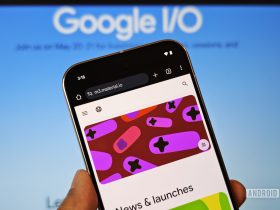
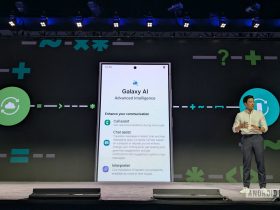
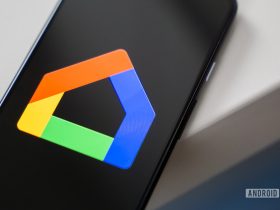





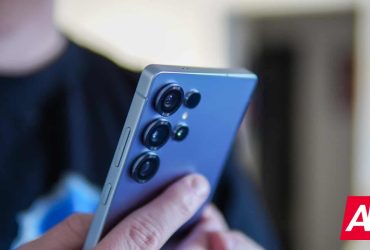

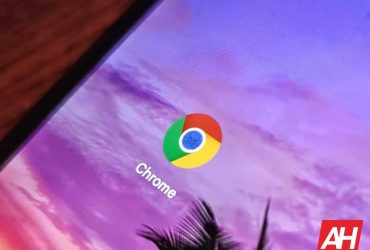
Leave a Reply
View Comments